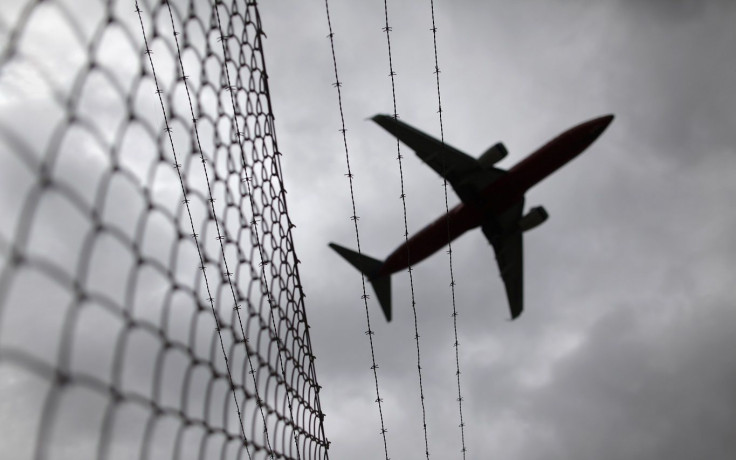Sydney Airport welcomed more than 1.3 million international passengers in February

Sydney Airport had welcomed over 1.3 million international passengers in February, including the Lunar New Year period. It recorded a strong total passenger jump of 5.1 percent and a 7.4 percent international passenger growth compared to the previous corresponding period.
This is according to a statement by Sydney Airport CEO Geoff Culbert. The increase in international passengers was reportedly driven by a 6.4 percent growth in capacity and a 0.7 percentage point jump in load factors. The domestic passenger increase of 3.8 percent resulted from a 0.5 percent jump in capacity and a 2.6 percentage point improvement in load factors above the prior corresponding period.
Nationalities with the biggest contribution to the airport’s international performance over February were Chinese, American, Canadian and Indian. “This is a pleasing performance from some of our largest markets and is a direct result of strong demand and increasing seat capacity,” Culbert said.
Culbert also announced that a Chinese mobile navigation service called Baidu Maps has been launched as part of the airport’s China-ready strategy. The airport also hosted several in-terminal performances to welcome the Year of the Dog.
The constantly solid growth in international passengers is a significant driver for both New South Wales and Australian economies, Culbert said. NSW’s second biggest export and largest employer is tourism, while Sydney Airport also has a key role in driving growth.
About $4.3 billion has reportedly been invested since 2002 to facilitate passenger growth. They continue to invest in infrastructure to deliver an improved airport experience.
A report by The Sydney Morning Herald last month stated that an extra one million international passengers passing through the airport’s gates in 2017 have helped boost its annual pre-tax earnings by 8 percent to almost $1.2 billion. Australia’s largest airport benefited from a 13 percent jump in retail revenue because of solid demand for shop space in its terminals. Total revenue jumped nearly 9 percent to $1.48 billion last year.
Geoff Culbert, the airport's new chief executive, said that a 7 percent climb in international passengers to a total of 16 million underpinned the full-year results. ‘‘I am really bullish and confident about the future of international traffic. We have three of the four most populous nations sitting on our doorstep,’’ he said. International travellers spend longer hours in terminals and are more than twice as valuable as domestic passengers.






